Who Will the 2020 Democratic Nominee Be?
Joe Biden #1 (January 7, 2020)
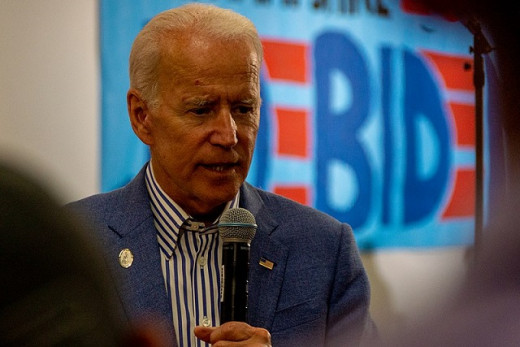
Background (Updated December 27, 2019)
This article tracks the rank order of the most likely Democratic candidates to be nominated for President of the United States in the 2020 election. Any updated chart completed after November 20 only includes candidates who have qualified for the December debate. The aggregate national projection combines the median of all unique national polls from the prior month and non-polling data (expert opinion, social media presence, traditional media presence, activist momentum, endorsements, and funding). For the overall rank, 50% weight is assigned to the rank based on polling data and 50% weight is assigned to the rank based on non-polling data. Ties in average rank between polling and non-polling categories are broken in favor of the candidate with the higher median polling number.
Separate articles cover the June 2019, July 2019, September 2019, October 2019, November 2019 and December 2019 debates as well as the first four primaries/caucuses, and Super Tuesday elections.
Source of information regarding when primaries and caucuses occur as well as delegate selection is found at the green papers site.
Selection of polls are based mainly on data linked at 538 and Real Clear Politics. Non-polling data is based on information from a variety of sources including Politico and 538.
You may also be interested in my articles on the races for Governor as well as the Senate and House elections.
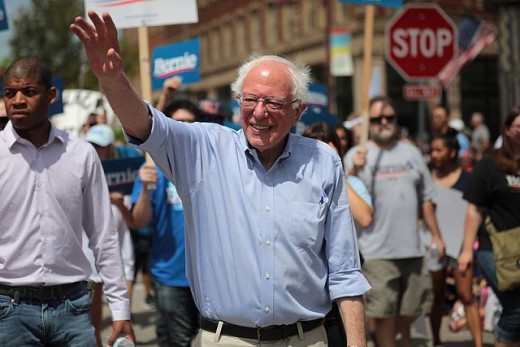
Snapshot of National and Early State Races (Updated January 7, 2020)
Consistent with our practice, only candidates who have qualified for the next debate, in this case the January debate, are included in the various charts. Given Michael Bloomberg's late and unique entry into the nomination process, he is not included in any of the charts for the same reason - he is not qualified for the January debate. However, if Bloomberg is true to his word that he will not accept campaign donations, and if the Democratic National Committee stays the course and requires some level of donations to be eligible for debates, Bloomberg would never qualify for a debate. This creates a problem for determining how to factor him into the political equation, both conceptually and mathematically. The dilemma will get worse if his poll numbers increase. At this point, this author is tracking Bloomberg's poll numbers. Currently, Bloomberg is polling at mid-single digits, in 5th place after Buttigieg. Steyer is short two qualifying polls, Yang is short three polls and Booker is short four polls (he has no qualifying polls), and consequently none of them (including Gabbard) are qualified for the January debate. Friday January 10 is the last day for hopeful candidates to collect qualifying polls.
Nationally, based on the composite of the median of all unique national polls from the prior month and non-polling data, Biden remains in 1st place. Sanders' advantage over Warren has increased. Buttigieg and Klobuchar are 4th and 5th respectively.
Early state polling: In Iowa, on median based on the last three polls, Buttigieg and Biden are tied and lead Sanders by one point. In New Hampshire, on median based on the last three polls, Sanders now has a 8.0 point lead on Buttigieg, and 9.0 point lead over Biden. Warren trails in 4th place in both states. Biden leads Warren by 9.5 points in Nevada and Biden leads Sanders by 22.5 points in South Carolina.
The February question will be how does Iowa affect New Hampshire, and then, how do Iowa and New Hampshire affect Nevada and South Carolina. Biden is clearly in the mix in all four states, and even if he does not win in Iowa or New Hampshire, and gets upset in Nevada, he still will have South Carolina as a launching pad into Super-Tuesday. Warren is competitive in all and would hope for positive momentum heading into the southern states. Sanders's campaign seems to be laying down the gauntlet in New Hampshire. Buttigieg is clearly playing the Iowa card, looking for a top tier finish there to make him competitive enough for a strong finish in New Hampshire.
This next paragraph makes the assumption that no other candidate than the top four currently finish between 1st and 4th in either Iowa or New Hampshire. Based on the median poll of each of the top four candidates, what is the probability that IF one of these four candidates were to pull off back to back wins, which one would it be? Based on current polling, this is where we would stand: Buttigieg 63%, Sanders 30%, Biden 4% and Warren 3%. Buttigieg has moved sharply to the top of this list as he has the strongest chance of winning both Iowa (45%) and New Hampshire (46%) .Warren lags in the quest for back to back to wins because at present she has a small possibility of winning Iowa (12%) and New Hampshire (8%). The reader is reminded that these figures assume only these four candidates have a chance to win in either state. Right now, your author has a reasonably high confidence in making that assumption. Klobuchar could enter the fray in Iowa - we shall see.
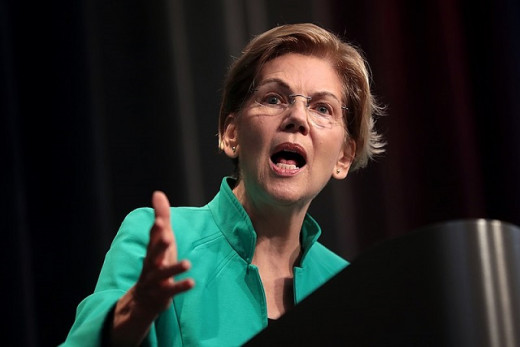
Recent Polling (Updated January 7, 2020)
Candidate
| Median Poll
| Polling Rank Order
| Polling Momentum
|
|---|---|---|---|
Biden
| 28.5%
| 1
| +3.0%
|
Sanders
| 19.5%
| 2
| -1.0%
|
Warren
| 14.5%
| 3
| -1.0%
|
Buttigieg
| 8.0%
| 4
| -1.0%
|
Klobuchar
| 3.0%
| 5
| -1.0%
|
The median is based on 16 unique national polls taken over the prior month (see list of polls in the following analysis). Only candidates qualified for January debate are included in this table.
Analysis of Recent Polls (Updated January 7, 2020)
Unique national polls completed over the prior month used in this analysis (date in parentheses reflects the last day of the polling period, not the date the poll was released.
- Morning Consult (1-5)
- YouGov/Economist (12-31)
- Harris (12-29)
- Zogby (12-20)
- Ipsos/Reuters (12-19)
- McLaughlin & Associates (12-18)
- NBC/Wall Street Journal (12-17)
- Emerson (12-17)
- CNN/SSRS (12-15)
- Quinnipiac (12-15)
- Suffolk (12-14)
- Investors Business Daily (12-14)
- Echelon (12-14)
- Marist (12-11)
- Fox (12-11)
- Monmouth (12-8)
Across these 16 polls, using the median to measure central tendency, Biden is now showing an 9.0 point lead over Sanders who is now 5.0 points ahead of Warren.
The "Polling Momentum Indicator" assesses the difference between the median of the most recent six polls vs. the median of the prior eleven polls. Biden has the strongest polling momentum at +3.0%.
Rank Orders (Updated January 7, 2020)
Candidate
| Overall Rank
| Polling Rank
| Non-Polling Rank
|
|---|---|---|---|
Biden
| 1
| 1
| 1
|
Sanders
| 2
| 2
| 2
|
Warren
| 3
| 3
| 3
|
Buttigieg
| 4
| 4
| 4
|
Klobuchar
| 5
| 5
| 5
|
The most recent polling data was collected January 5. The most recent non-polling data was updated January 7. Only candidates qualified for the January debate are included in this table.
Analysis of Rank Orders (Updated January 7, 2020)
Rank orders for polling and non-polling align perfectly. Biden has a clear lead on Sanders who now has a marked advantage over Warren. Buttigieg has stabilized in 4th and Klobuchar is 5th.
The requirements to qualify for the January 14 debate in DesMoines, Iowa have been announced. The polling threshold has increased another 1% and the individual donor requirement increased 25,000. Compared to the December debate, Yang is short three polls but has met the donor threshold. Steyer is short two polls but has not met the donor requirement. Bloomberg has met the polling requirement but not the donor threshold. Booker and Gabbard who did not qualify for the December debate will find these new requirements even more difficult to reach. As a result of the January requirements therefore, only Biden, Sanders, Warren, Buttigieg and Klobuchar are listed in the tables.
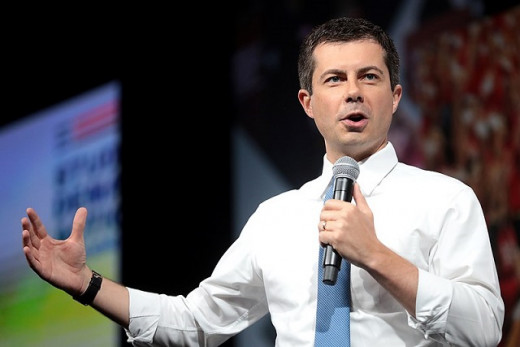
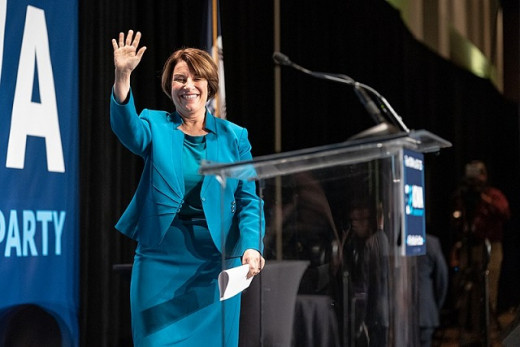
Changes to Primary Schedule and Rules (Updated September 23, 2019)
The Democratic party has made significant changes to the schedule and the rules. Although final dates for the key Iowa Caucus and the New Hampshire primary are not finalized, we know that those two events begin the election season, followed by South Carolina and Nevada, with right now all four elections slotted for February.. That order has not changed and the interval between those elections will not change. There had been online caucus voting planned for both Iowa and Nevada to expand opportunities for people to be able to participate. However, the DNC decided that given security concerns, they were not willing to run that risk and have dropped that component of the voting in the two caucus states.
Update to Iowa caucus situation - leadership there has agreed to recommend to the DNC that they be able to establish satellite sites for individuals who due to physical, work or geographic limitations are not able to access the regular caucus sites. In addition, there has been a conversation with the DNC to allow Iowa Caucus participation for Iowa residents outside of Iowa. Check back here for the DNC response when announced.
However, California and Texas have both moved to Super Tuesday. Puerto Rico has moved from late in the primary season to late March to attempt to become more relevant.
Second, in 2016, the minimum percent in a primary the candidate needed to earn delegates was 15% and that rule is being maintained. This rule as applied to 2020 will make much more of a difference in a crowded field. For example, if we apply this rule to exactly where candidates currently stand on the polling weighted average, only two candidates (Biden and Sanders) have more than 15% of the poll results, meaning they would share all of the delegates in a state and none of the rest would receive any. As an example, were Biden to finish a state with 35% and Sanders 23%, Biden would receive 60% of the delegates and Sanders 40%.
The third change resulted from the "tilt" of the 2016 nomination process where Clinton had a huge lead in super-delegates, which meant that Sanders was always in catch up mode. The party realized the problem (apparently) and now super-delegates cannot cast a vote until a second ballot if one is needed.
US Presidential Election - 1828
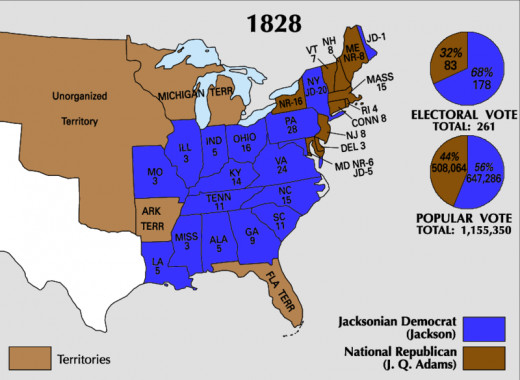

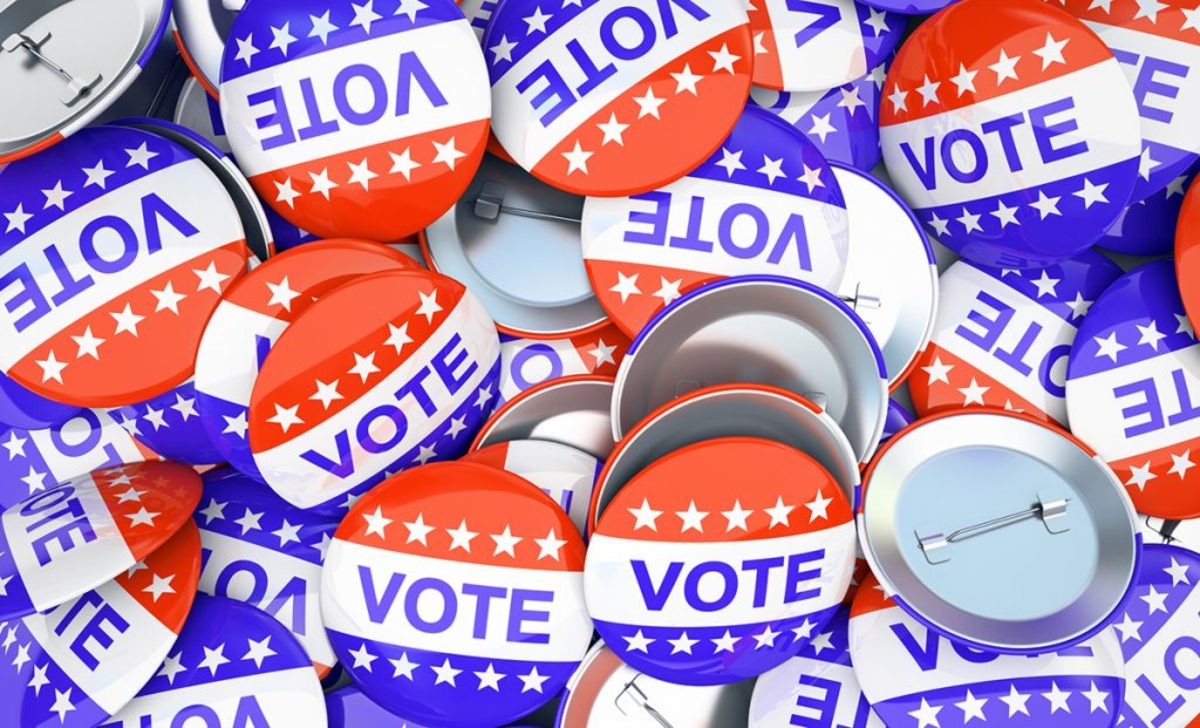


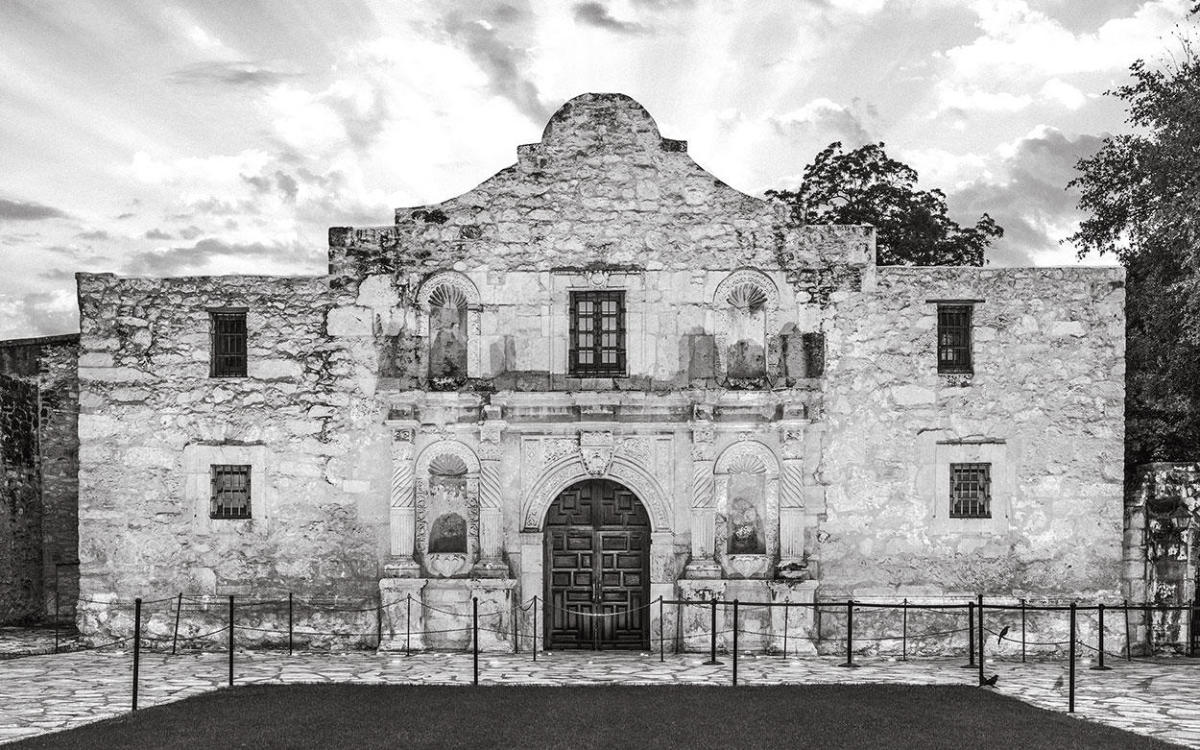
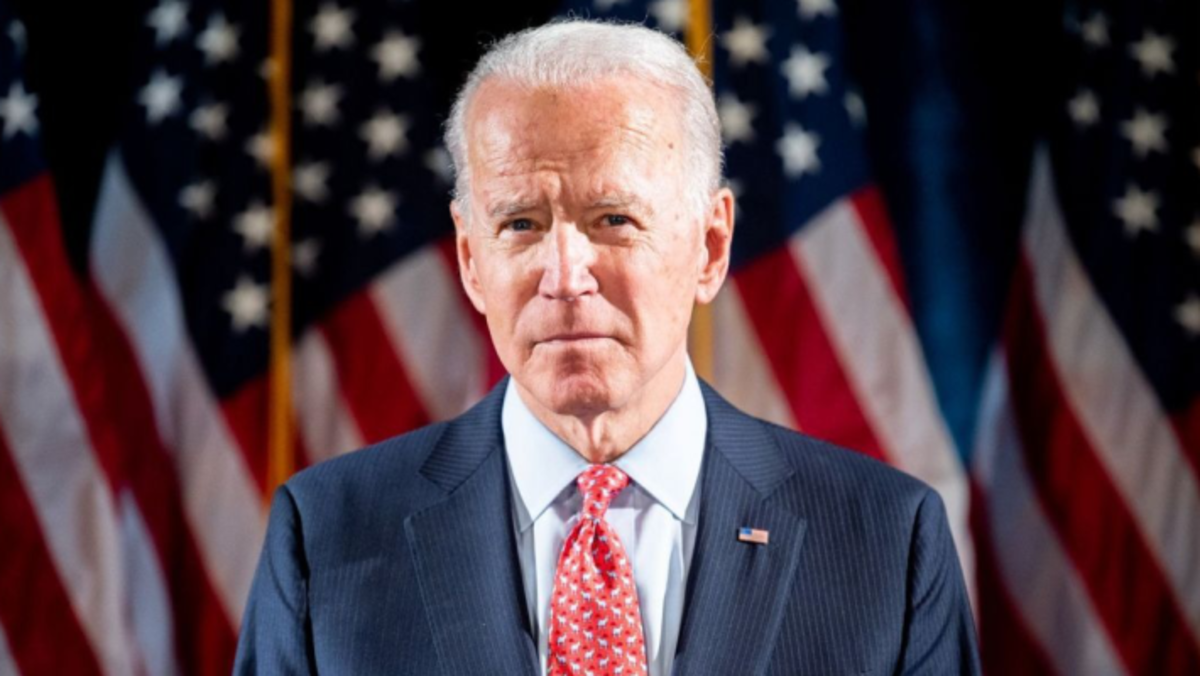
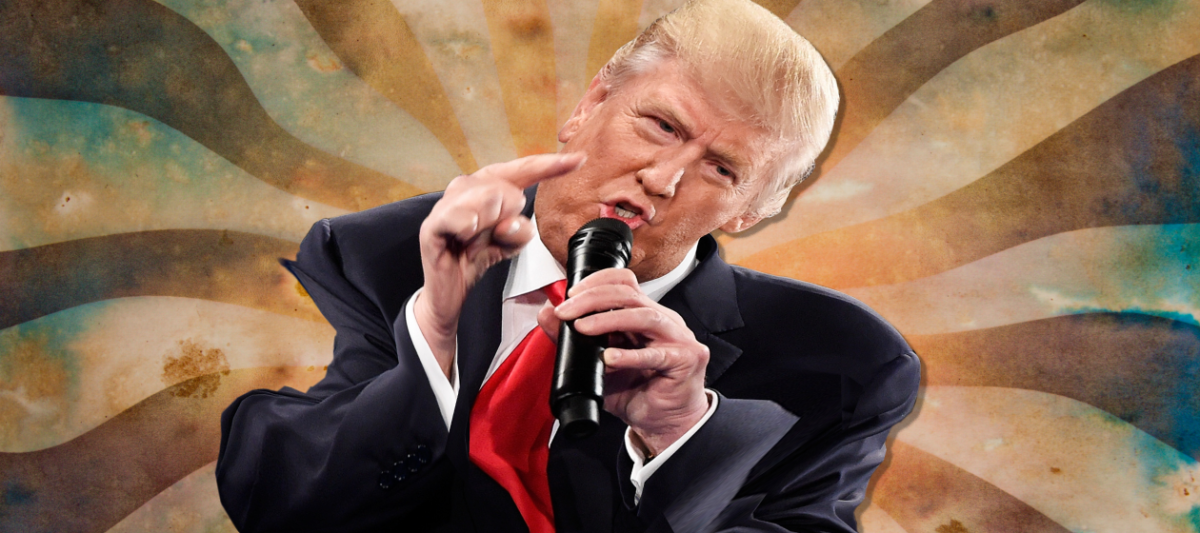

![American Politics: The BIG LIE in Politics, From The Republican Presidential Convention [124] American Politics: The BIG LIE in Politics, From The Republican Presidential Convention [124]](https://images.saymedia-content.com/.image/t_share/MTc2NDYyMjI1MzEyNjU1MzIy/the-big-lie-in-politics-from-the-conservative-side.jpg)